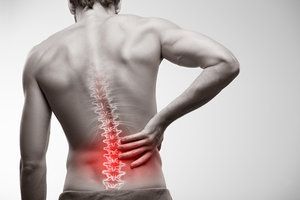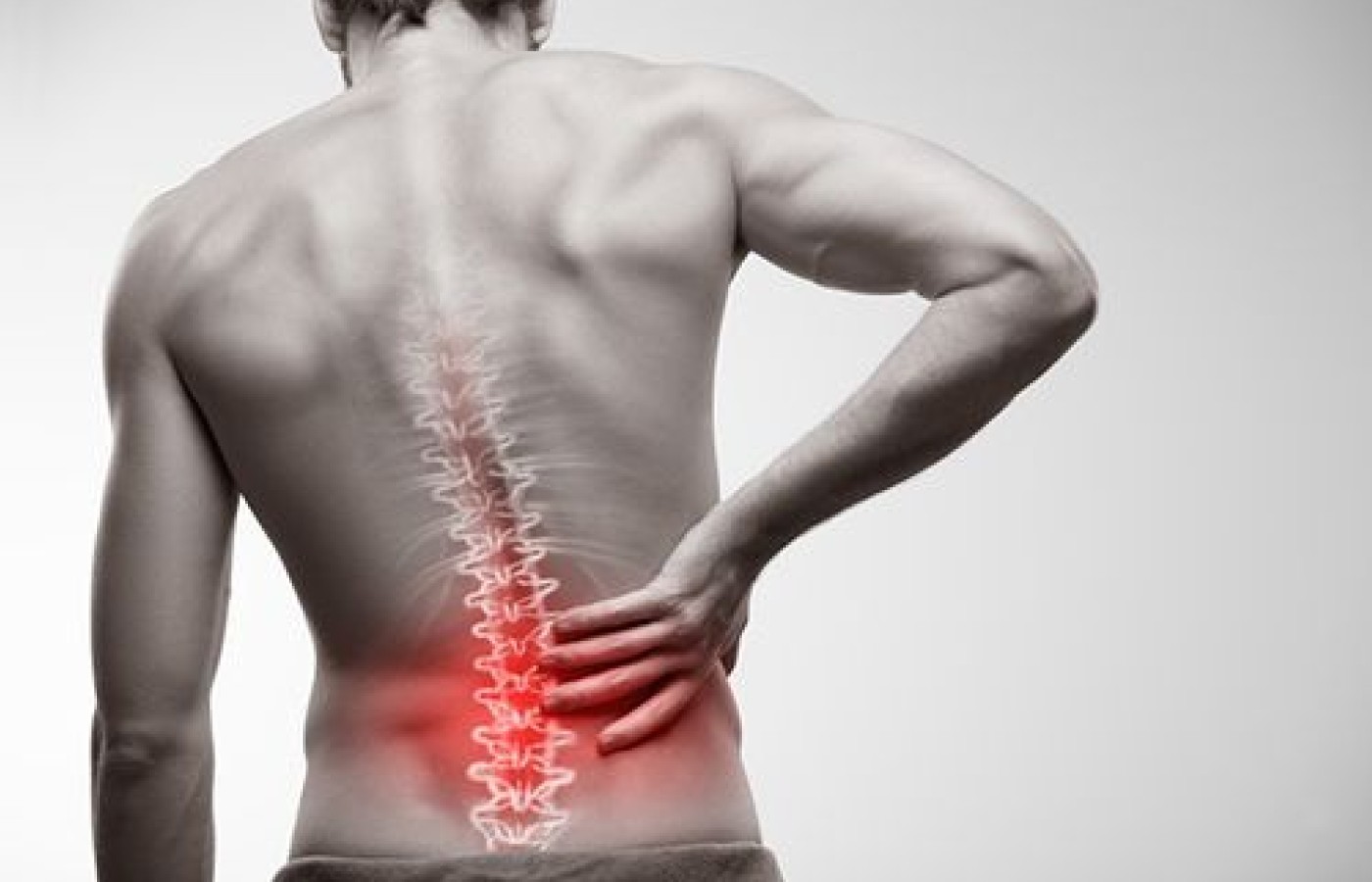Whether you accept it, avoid it or live somewhere in between, insurance coverage has become a defining issue for our profession. Patients increasingly expect to use their benefits, practitioners want to be compensated fairly for their time and expertise, and the system itself remains – at best – fragmented. The encouraging news is that coverage has expanded in meaningful ways. The challenging news is that reimbursement, across the board, remains inadequate.
The Acupuncturists' Role in Spinecare
Spine disorders represent one of the most common causes of pain and disability in the U.S., and worldwide. Back pain is one of most common reasons for seeking medical care, accounting for tens of millions of patient visits each year. As such, the incidence and prevalence of neck and pain back pain has contributed to narcotic abuse and the opioid epidemic in the U.S.
Also, the growing elderly population contributes to a rising incidence of degenerative spine disorders and related pain syndromes. Common age-related disorders include spinal stenosis, hypertrophic arthropathy (joint arthritis), degenerative disc disease, radiculopathy, osteoporosis and vertebral compression fractures.
With that in mind, it's likely that greater priority will be placed on conservative care of the pain associated with acute, sub-acute and chronic spine disorders. This will include isolated or combined non-pharmaceutical methods of intervention. The Mayo Clinic and the National Institutes of Health (NIH) have acknowledged that acupuncture offers a conservative approach, which may help relieve discomfort associated with neck pain, low back pain and osteoarthritis.
Spinecare is Evolving
Ongoing technological advances and biological discoveries will continue to heighten awareness of the complexity of the spine and related disorders. Advanced diagnostic imaging will continue to expose new features of pathology associated with neck and back pain. The emerging trends will redefine "early stage disease," thus, prioritizing conservative care. Greater emphasis will be placed on biomechanical assessment, conservative pain management and biological solutions which promote favorable tissue regeneration, remodeling and repair.

There is heightened awareness of the risks associated with chronic back pain and inactivity along with the risks associated with long-term drug use. Dr. Manohar Panjabi, professor of Biomechanics at Yale, and scientific consultant to the American Academy of Spine Physicians (AASP), established that "knowledge of biomechanics is essential in the analysis of spine function and back pain." This includes the assessment of movement, posture, stability and paraspinal muscle integrity. Successful pain management helps improve spine function (biomechanics).
The transition in health care is toward multidisciplinary systems. Large spinecare systems are more likely to have advanced diagnostic methods, interpretive expertise, unique data management solutions and a multidisciplinary staff, which may include acupuncturists. To be included in this trend it will become increasingly important for the acupuncturist to acknowledge their role, highlight their acceptance and expand their relationships with spinecare providers of other disciplines.
New Opportunities
There has never been a greater need for multidisciplinary spinecare and for prioritizing conservative care. There has also never been more scientific support for the role the acupuncturist in spinecare. Subsequently, there is an unprecedented opportunity for acupuncturists to enhance their professional visibility with the public and to develop referral relationships with other spinecare disciplines.
The AASP acknowledges that acupuncturists are well-trained in observation of the spine, conservative pain management and a hands-on approach to spinecare in a manner, which complements the role of other spinecare disciplines, and is inviting qualified acupuncturists the opportunity to join leaders in spinecare by become a free AASP directory member. This will entitle them to a full page professional listing on the International Directory of Spinecare Professionals, free access to the new brochure, "Role of the Acupuncturist in Spinecare," as well as, other complementary practice development and patient education resources.
The American Academy of Spine Physicians (AASP)
The AASP represents one of the largest and most influential multidisciplinary spine organizations in the world. The organization is comprised of health care providers of all disciplines and specialties that care for patients with spine disorders. The AASP has four membership categories: Directory Member (free), Member (physician), Affiliate Member (non-physician) and Candidate Member (student/resident). The primary mission of the AASP is to promote excellence in spinecare through education, innovation and collaboration.
The AASP offers acupuncturists and other spinecare professionals with numerous opportunities and resources to help them serve their patients, develop their practice and cultivate multidisciplinary relationships. The AASP recognizes the important role of continuing education, credentialing and certification opportunities as a fundamental requirement for those dedicated to excellence and collaborative care.
Affiliate members of the AASP also have the opportunity to obtain the prestigious Fellow status with the American College of Spine Specialists (FACSS). In addition to credentialing, the Academy offers acupuncturists the opportunity to achieve certification in Healthcare Systems & Hospital Practice. AASP benefits include access to patient brochures, PowerPoint Presentations, website resources, career enhancement and spinecare networking tools.
The AASP obtains insight and direction from a multidisciplinary council, comprised of prestigious spine physicians from acclaimed facilities bringing together well-over 400 years of collective experience in the care of patients with spine disorders. As well, doctors Scott Haldeman (University of California at Irvine) and Manohar Panjabi (Yale University) serve as AASP scientific consultants.
For further information about the AASP, contact the member services office at (847) 697-4660, or visit the AASP website: www.spinephysicians.org.



